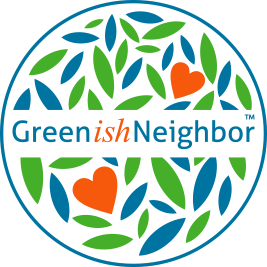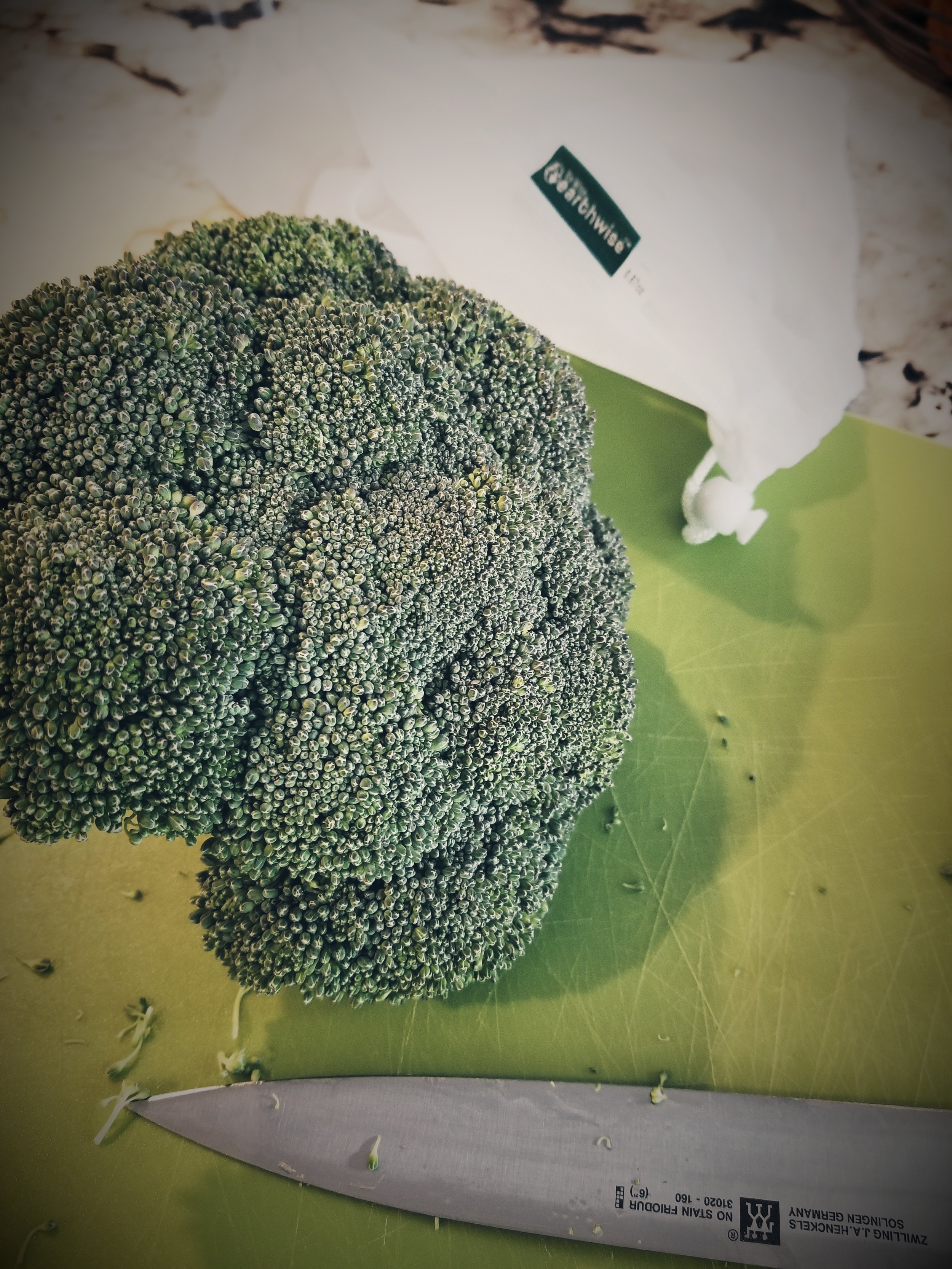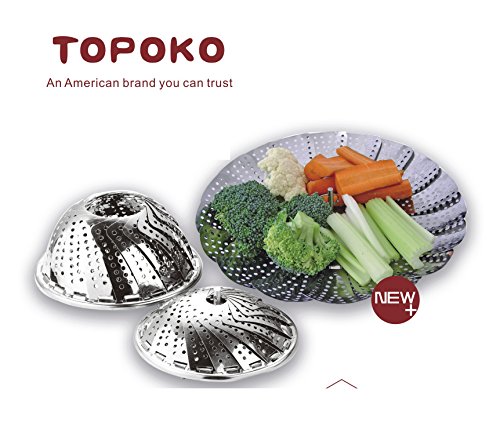A Broccoli Story: The Waste-Free Journey of a Nutritious Side Dish
This post contains affiliate links.
(Update to my original January 2018 blog.)
My family eats broccoli often. Do we all really love it that much? No. But it is the go-to side dish in our house providing anti-inflammatory benefits, antioxidants, vitamin C and other nutrients. It is packed with fiber and protein and helps lower cholesterol.
How does this super-food become even more super? Make the whole process from grocery store to table, waste-free. For those of you who garden or want to get even more ambitious about being kinder to the planet, consider growing your own broccoli. Here is a great, very in-depth guide from Happy DIY Home about how to grow broccoli.
So, below is the story of how I manage to prepare these “vitamin trees” for my family without creating any landfill trash or recyclable waste.
Shopping - Reduce at the Purchase Point
Several years ago, I invested in reusable produce bags with the intention of never having to take home a single-use plastic produce bag again. This, I have accomplished. I had already created a habit of bringing my own reusable grocery bags to the store, so remembering these bags was a cinch. I have three different sizes of bags from Earthwise. They are machine washable and have handy drawstring closures. I highly recommend this simple way to reduce single-use plastics.
Broccoli is available loose in my grocery store produce section so I chose this option over stalks tied up with rubber bands or florets already chopped and packaged in plastic bags. The nice check-out folks at my Harris Teeter accommodate my produce bags with no concerns. Never once has anyone there given me a “whatever” glare.
Storing
My family eats fresh vegetables almost exclusively so sometimes I take advantage of spare time to prep veggies for later. I recently also started using beeswax wraps as an alternative to using zipper bags so after chopping the broccoli crowns, I stored them in my large beeswax wrap that is sized perfectly for a nice loaf of home baked bread (which I never, ever make). This preserved the broccoli nicely for use over the next day or two. For storing broccoli for more than 5 days or so, you can blanch and freeze them for up to a year.
Beeswax wraps are handy to keep around for use in place of plastic wrap or zip close bags. They can be used for wrapping up pretty much anything except meat and will seal up with the warmth of your hands. They take a little adapting to but I’ve gotten used to them and use them all the time now. I have been using two brands of wraps. I found a large variety of Bee’s Wraps at a wonderful locally owned kitchen store called Whisk Carolina. My Abeego wraps were purchased online in a few different sizes. Both types of wraps perform the same but I admit that I prefer the milder scent of the Abeego wraps.
Composting - Food Scrap Recycling
Because we eat mostly fresh vegetables, I create a fair amount of compostable waste in the form of pits, cores, stalks, and peels. This is not a problem since we have had a backyard compost bin for almost 13 years. I keep a small waste can under my kitchen sink to collect all of our food waste (except meats) and coffee grounds. I take this to my outside compost bin every couple of days so it can become a nutrient rich soil enhancement.
Cooking
The best way to prepare broccoli to retain nutritional value is to quickly steam it for a few minutes. It turns out that steaming is something this terrible cook is capable of doing without messing up, usually.
I use an all metal steamer to cook the broccoli for just 3-4 minutes. Very little water is even required and with a quick steaming, minimal electricity is used. Very eco-friendly. I add salt, pepper and olive oil (or butter) and done! So simple that even I can get it right most of the time.
Being cooking challenged, I’m certainly not going to start blogging about recipes. However, if I can find a better way to do my daily routines while reducing single-use plastic, I want to share those successes. If I can make progress like this, anyone can.
How do you reduce your waste in the grocery store and in your kitchen?









